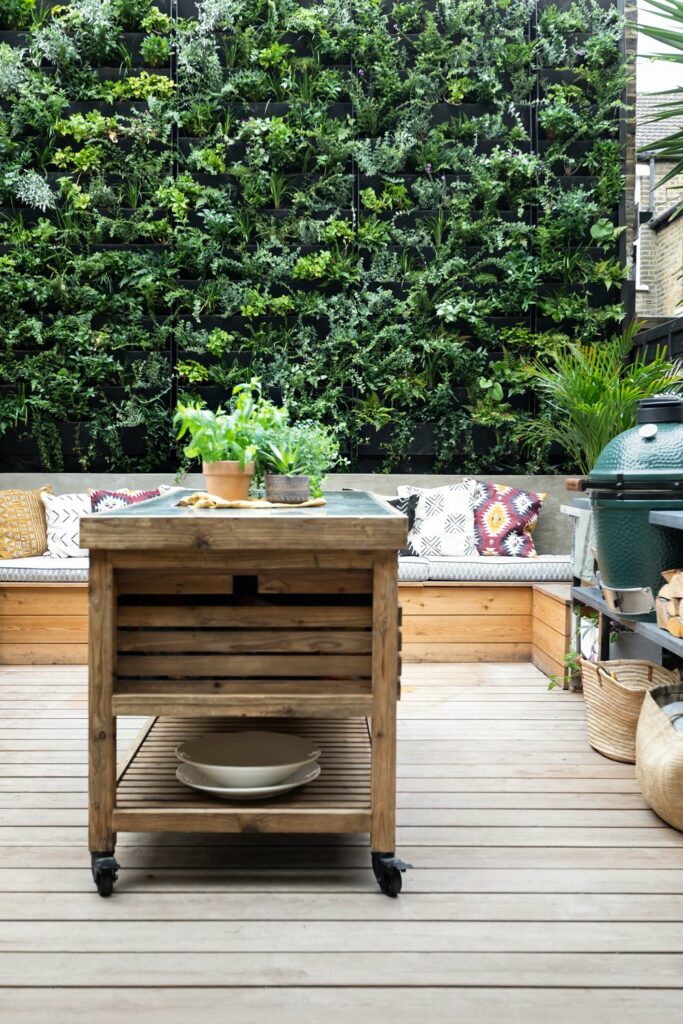In a world where the pursuit of “more” seems relentless, there is profound wisdom in embracing the concept of Taru o Shiru, which directly translates to “I know what’s enough.” It’s an idea deeply rooted in Japanese culture and philosophy, and it serves as the fifth and final principle in our exploration of ‘The Japanese Art of a Calm & Balanced Home’.
This principle extends far beyond the realm of interior design; it’s a way of life that reminds us that less can indeed be more.

1. Knowing What is Enough
In the ‘Essence of Japan‘ project, our clients from Hong Kong brought this principle to life. They had already adopted the practice of sleeping on a bed mattress placed directly on tatami, the traditional Japanese rush grass mats used for flooring. In addition, the clients opted out of bedside tables, allowing the space to remain uncluttered. To enhance this minimalistic approach, we designed a grained oak panel to serve as a bed headboard, with only bedside illumination provided by Akari lamps designed by renowned Japanese designer Isamu Noguchi. This collaboration with clients who embraced minimalism was truly joyful.
2. Utilising Underused Space
Our ‘Culinary-Inspired Home‘ project presented a unique challenge – transforming the rear garden into an urban oasis while maintaining the existing footprint. In such urban settings, creativity often flourishes in response to limited space. We opted to go vertical, installing a lush vertical garden that became a restorative backdrop visible from every ground floor room. Here, the underused vertical space was transformed into an essential element of the home’s design, demonstrating that even in the most confined spaces, beauty and functionality can thrive.


3. Less is More
The ‘Essence of Japan’ project showcased another facet of Taru o Shiru, particularly in the kitchen. Unlike other rooms in the house, which embraced warm oak flooring and lime wash painted walls, the kitchen was designed with a utilitarian and functional approach. Minimalistic kitchen doors were complemented by striking grained marble countertops and splashbacks. This sleek and practical kitchen seamlessly merged form and function, embodying timeless design.
In conclusion, the principle of Taru o Shiru invites us to pause, reflect, and recognise the profound joy that comes from letting go of the unnecessary. It’s not about advocating for extreme minimalism but about understanding the essence of what truly matters.
We’ve thoroughly enjoyed sharing these Japanese design philosophies with you, and we hope they inspire your own home projects. If you’re considering ways to infuse your living space with a greater sense of calm and balance, we invite you to explore our free and exclusive guide, which delves deeper into these principles. Your journey towards a more harmonious home begins with a click to this link.